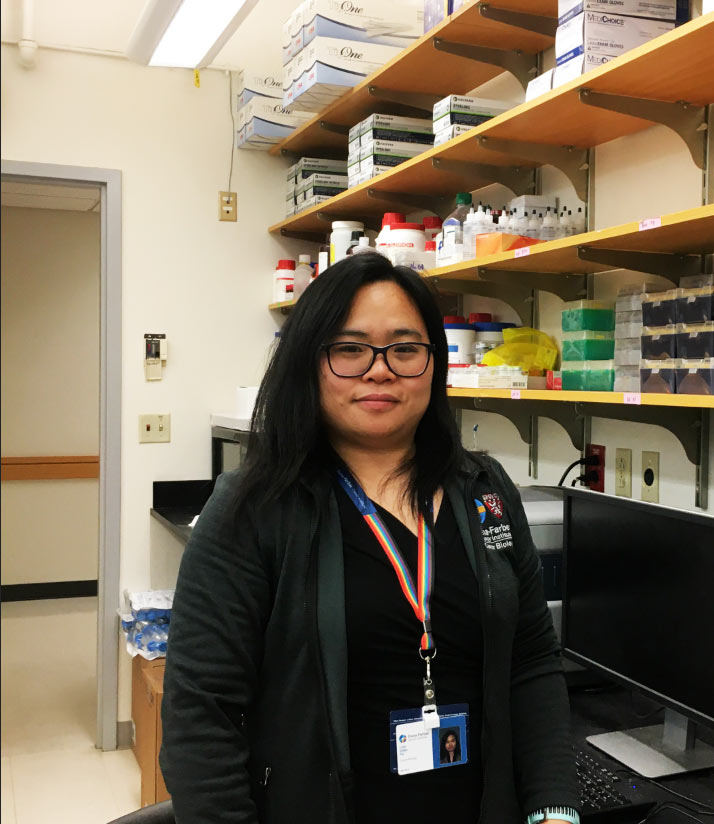
Dr. Liya Ding, of Dana-Farber Cancer Institute, is a 2021 recipient of OCRA’s Liz Tilberis Early Career Award. With her project, “Targeting Therapeutic Resistance to PARP Inhibition in Ovarian Cancer,” Dr. Ding is focusing on PARP inhibitors — some of the most effective drug therapies available for ovarian cancer, but that often come with a major challenge.
What initially sparked your interest in science?
As a child I loved to solve puzzles and make things. I started getting interested in biology when I was learning Mendel’s Law of Genetics in high school. The initial interest in biology led me to choose biological engineering as my major for my undergraduate degree. I further pursued a doctoral degree in biology as I strongly felt that it would help me to be a better professional. During my doctoral studies, I developed a personal passion for cancer research. I am committed to improving the lives of the thousands of patients afflicted by this disease.
What drew you to the field of ovarian cancer research?
After joining Dana-Farber Cancer Institute (DFCI) as a research fellow, I started to generate syngeneic mouse models for targeted therapy and immunotherapy in ovarian cancer. I overcame many obstacles and finally generated several clinically relevant ovarian cancer mouse models. In collaboration with the DFCI clinical teams, I identified a new mechanism of action of PARP inhibition that involves interaction of tumor cells and the tumor microenvironment.
During this period, I developed a keen interest in the investigation of the interactions between tumor cells and immune cells and their roles in supporting tumor growth and metastasis, as well as the development of mechanism-informed combination therapies for advanced ovarian cancer. The ovarian cancer mouse models that I generated during this period are invaluable resources for my future research with the goal of developing immunotherapies and targeted therapies for the treatment of ovarian cancer.
Can you explain your research project?
PARP inhibitors have shown great promise for the treatment of ovarian cancer patients. Unfortunately, resistance to PARP inhibitors has proved to be a major challenge in the clinic. By using mouse models, I identified a potential PARP inhibitor resistance mechanism emanating from and dependent on the immune cells in the environment surrounding the tumor. I will identify new treatment targets and develop new treatment options for patients with acquired resistance to PARP inhibition by targeting both tumor cells and the immune cells in the tumor surroundings. I will also screen for new treatment targets and treatment strategies for ovarian cancer patients who are currently suffering from undruggable conditions.
What motivates you to persist in your research?
To solve the unsolved problems and bring new treatment options for ovarian cancer patients.
What is your hope for the field of ovarian cancer research?
My hope is that there will be more effective options developed in preclinical studies for ovarian cancer treatment and that these findings will be further translated to clinical trials and benefit patients in the long term. I also hope that promising screening methods and molecular markers will be developed and applied to detect ovarian cancer at an early stage to improve the overall survival rate of ovarian cancer patients.
If you had the opportunity to personally thank someone from the OCRA community who supported your work, what would you say?
I am incredibly grateful for this substantial support from OCRA’s community, which will allow me to not only accelerate my career, but also push forward research with great potential to yield novel treatment strategies against this disease.
See more OCRA-funded research projects focused on PARP inhibitors, and ovarian cancer drug resistance.


